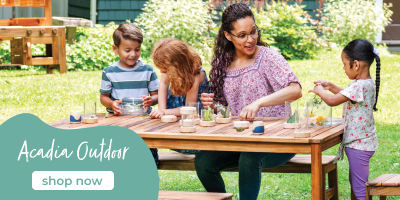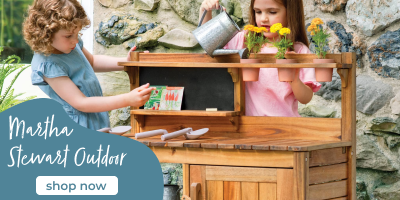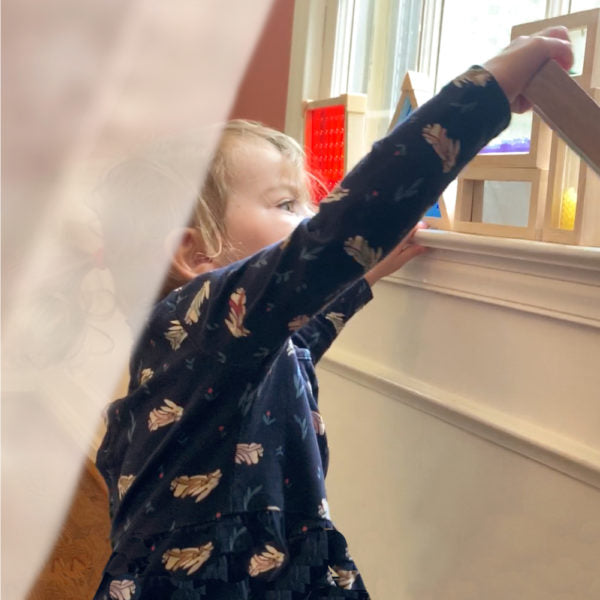How to Bring Back Your Life’s Rhythms: Captain of the Ship

There’s no doubt about it; we are living in a new norm in which the unpredictability of COVID-19 has left us with a mounting sense of uncertainty about financial security and family health and safety. Familiar household rhythms have been disrupted and it is challenging to steer the family ship. Rather than go down with the sinking ship, what can we do to help survive the rough waters? One idea is to occasionally give young children the chance to be the captain of the ship.
Sense of Control is Important for Young Children’s Healthy Development.
Adults dictate almost every aspect of young children’s lives, leaving them with very little control. Parents make decisions for their children about which clothes to wear, when to wake up in the morning and go to bed at night, and what they eat—as well as how much to eat: Eat three more bites of broccoli or there’s no chocolate cake for dessert. Teachers control where children sit, which book to take out of their desks, and what pages to read. Now, with today’s uncertainty of COVID-19, there is even more control being exerted over children’s lives with rules about physical distancing and wearing masks.

|
Although there’s good reasons behind wanting to control young children’s lives (i.e., safety, well-being, physical health), research studies have found there may be equally good reasons for relinquishing some control. Young children who are under constant control from adults have little opportunity to practice important life skills, to make mistakes and learn from them, or to figure out solutions to problems. They never have the opportunity to be the captain of the ship. So, how do you let a preschooler be at the ship’s helm? Here are two easy-to-implement ideas for giving young captains a little control over their home living quarters.

#1: The Perfectness of Hideaways
Did you ever read the storybook, Baby Sister for Frances? Frances was upset because her newborn sister was getting all the family’s attention, so she packed up a suitcase and ran away—underneath the dining room table. It was a perfect hiding space for Frances because she assumed her parents would not know where she was secretly hidden. From a child’s viewpoint, hideaways are simply marvelous. Small hideaways are just the right size for a child but too small for adults and off-limits for siblings. A hideaway can be made from a large cardboard box or a card table and blanket. One strategy for creating a child’s hideaway is transforming a closet by simply removing the doors and suspending a shower curtain from a tension rod. Place a small area rug on the floor and allow the young captain to control the rest of the new territory’s decorating and furnishing decisions. Regardless of the type of structure, the results are a place your child can not only control but a great place to hide away from those who are ultimately in control—Just like Frances!
#2: The Wonder of Empty Space
Young children live in environments planned and controlled by adults. In most of these environments, there are few unclaimed spots. In early childhood classrooms, every square inch is filled with equipment, furniture, and learning materials. It is pretty much the same in the home. Children have little control over any part of their school or home environments and are rarely asked how to utilize, decorate, or design these spaces. One strategy for handing over the helm to young captains is to completely empty an undesignated space either in the home or outdoor space. This area could be tucked away behind a bush in the yard, an underutilized and odd-shaped alcove or enclosed porch in the house, dead space under the stairs, spot in the attic or garage, or perhaps an unused section of the basement. Do not give instructions to your child or share expectations of what to do with the empty space. Just provide it, and (within reason) give your child control. Sit back and watch how the space transforms the empty space into a place of their own.
Tips for the Captain’s Crew & First Mates
The most important feature for any young captain is to be able to control the environment without any interference from the crew or first mates. So, it is important for the adult to find places in the home that are (1) safe (outlets covered, for example) and easy-to-monitor; (2) out-of-the-way and not congested with people or furniture; (3) spots where you don’t mind if the paint on the wall gets dinged; (4) areas that will not interfere too dramatically with normal household events; (5) section of the home where a certain amount of noise can be tolerated; and, (6) areas where it won’t matter if things get a little messy. And, the most important element for the captain: No adults allowed!


















